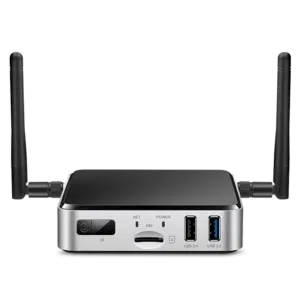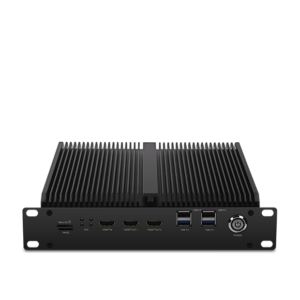AI on Edge Products vs. Cloud AI: Benefits and Cons
AI on Edge Products vs. Cloud AI: Benefits and Cons
Blog Article
AI on Edge Units vs. Cloud AI: Pros and Cons
Real-World Programs of AI on Edge Products
Synthetic intelligence (AI) is no longer confined to the region of big, centralized knowledge centers. Thanks to developments in engineering, side devices today perform an integral position in deploying AI immediately where data is generated. But what does AI on side units mean, and how come it creating such a hype? Here, we'll discover how edge ai solutions runs in real life through side products and learn its wide range of realistic applications.

What's AI on Edge Products?
AI on edge products describes deploying artificial intelligence algorithms entirely on devices like smartphones, cameras, drones, or IoT sensors. These units do not want use of centralized servers for handling information; instead, they perform analysis and choices domestically, creating the method quicker, more effective, and frequently more secure.
The "edge" here only describes research done near or at the source of knowledge generation, instead of depending on the cloud. That shift is driven by the demands for real-time information running and the necessity to decrease latency, increase solitude, and reduce bandwidth usage.
Key Real-World Programs of Side AI
1. Wise Monitoring
AI-powered cameras designed with skin acceptance, activity detection, and anomaly recognition are transforming security systems. Edge units in this domain can analyze movie channels in real-time to identify suspicious actions, remove fake alerts, and enhance public safety. Like, AI formulas may detect strange activities and attentive authorities instantly without the need to send movie data to a central host for analysis.
2. Healthcare Monitoring
Wearable devices and lightweight medical gear are leveraging ai m.2 module for managing health knowledge more efficiently. Edge-based AI in units like health trackers and smartwatches monitors users' vitals, such as for example heartbeat, air levels, or body pressure, in real-time. These methods analyze knowledge locally and give fast feedback, paving just how for faster intervention throughout emergencies.
Beyond wearables, advanced medical imaging devices designed with on-device AI can discover signs of diseases like cancer, permitting early in the day diagnoses even in distant areas without net connectivity.
3. Autonomous Cars
Self-driving cars are among probably the most well-known types of edge AI in action. With sensors, cameras, and LiDAR programs providing as information sources, AI computations take position onboard these vehicles to create split-second decisions. From detecting pedestrians and obstacles to moving town roads, side AI ensures that the automobile runs easily and efficiently. The real-time handling capability of side products removes the dependence on high-latency cloud techniques, ensuring protection in life-critical scenarios.
4. Retail Analytics
Side products in retail settings are helping firms analyze customer behavior. Wise racks and AI-equipped cameras may identify customer tastes, monitor stock, and actually customize in-store activities in real time. The data developed from these devices assists stores make informed choices, improve customer care, and optimize catalog management.

5. Industrial IoT
Factories and professional plants are adopting edge AI to revolutionize their checking and automation processes. AI-powered sensors on machinery discover possible errors a long time before they cause costly failures. Predictive maintenance pushed by side AI decreases downtime, improves productivity, and ensures security on the production floor.
6. Customized Activities in Customer Devices
Your smartphone is a perfect exemplory case of how side AI personalizes individual experiences. Functions such as for instance voice assistants, adaptive camera controls, and on-device language translation use real-time AI to answer person needs without sending painful and sensitive data to outside servers. That fosters both ease and privacy for the conclusion user.
The Growing Influence of Edge AI
The adoption of AI on edge devices remains to surge, driven by industries' increasing demand for low-latency, real-time research, and greater information privacy. Their purposes are reshaping industries including healthcare and automotive to public protection and retail. By getting AI's power closer to wherever data is produced, edge units are not just increasing effectiveness but in addition demonstrating the limitless potential of innovation in the current connected world. Report this page